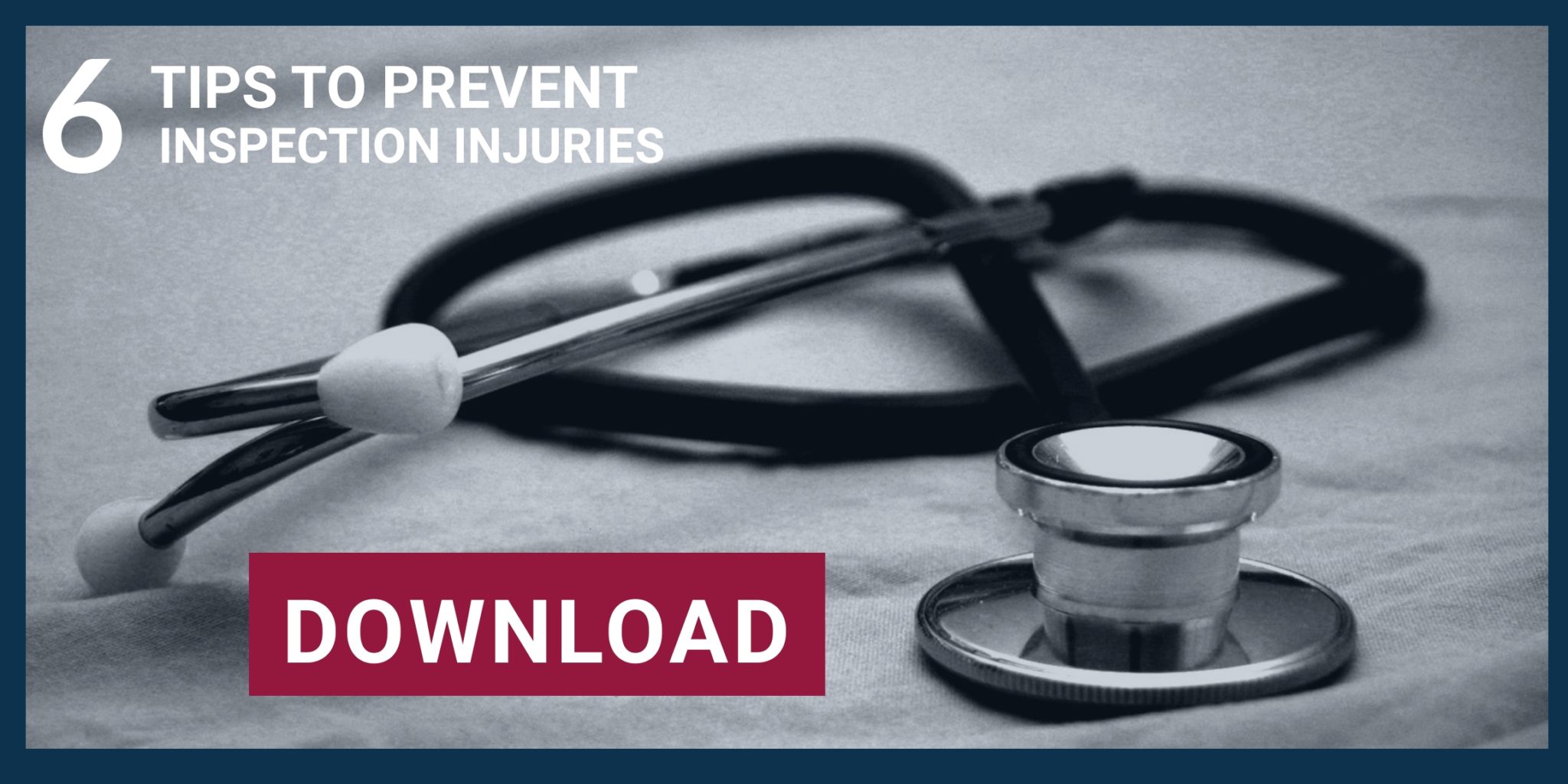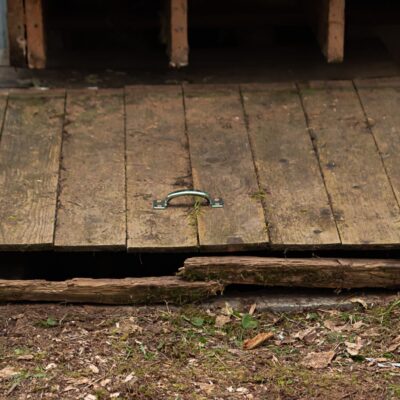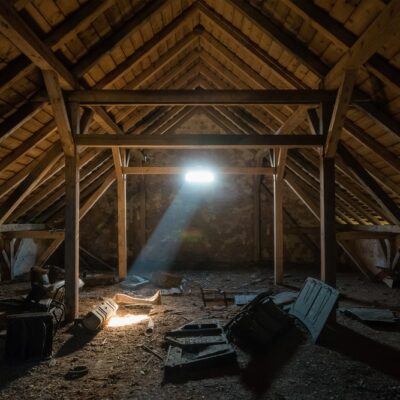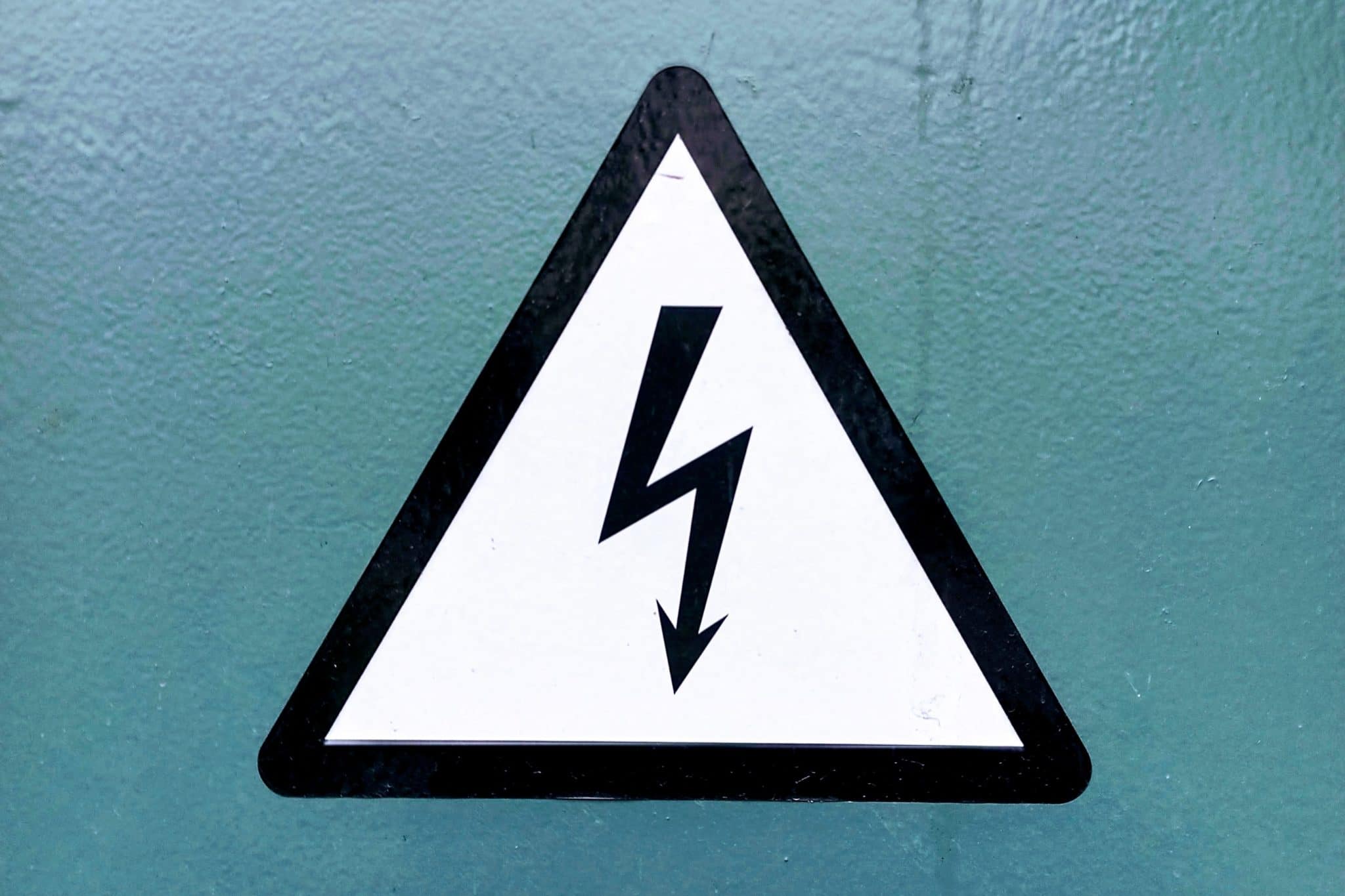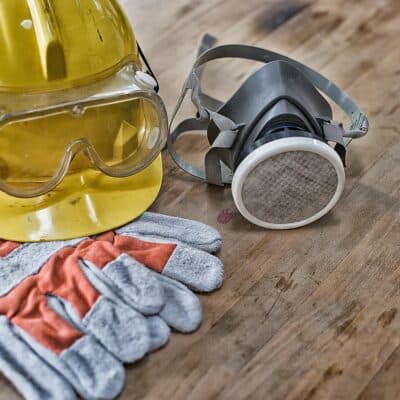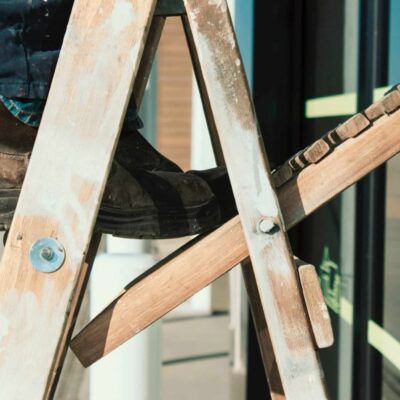7 tips to perform safer roof inspections
Last Updated June 21, 2024

 While performing a routine roof inspection, KC Bartley of Professional Home Inspections in Tennessee set his ladder up on the rear deck of the property. It had rained recently, and a thin coat of mildew coated the deck, making it a little slick. However, Bartley had encountered similar scenarios a hundred times, so he thought nothing of it.
While performing a routine roof inspection, KC Bartley of Professional Home Inspections in Tennessee set his ladder up on the rear deck of the property. It had rained recently, and a thin coat of mildew coated the deck, making it a little slick. However, Bartley had encountered similar scenarios a hundred times, so he thought nothing of it.
Bartley climbed the ladder, mounted the roof, walked it, and documented what he saw without incident. Getting ready to descend, he put his left foot on the top rung of the ladder. As he lifted his right foot from the roof’s surface, the ladder kicked out at the bottom. His left leg slipped through the rungs, and Bartley fell backward 13 feet.
“I literally started crying on the way down. It was slow motion as I was thinking, ‘This is how I leave my daughters. This is how I die,’” Bartley said. “At the last minute, God said, ‘Throw your arm down.’ So, I put my arm above my head and towards the deck.”
Bartley’s arm partially broke his fall. He landed square on his shoulders, his upper back, and lower neck. Bartley knows the fall made him pass out, but he’s not entirely sure for how long. His best guess: less than a minute. When he came to, he looked over at his left arm—the one that had broken his fall. It had doubled in size.
Roof inspections and home inspectors.
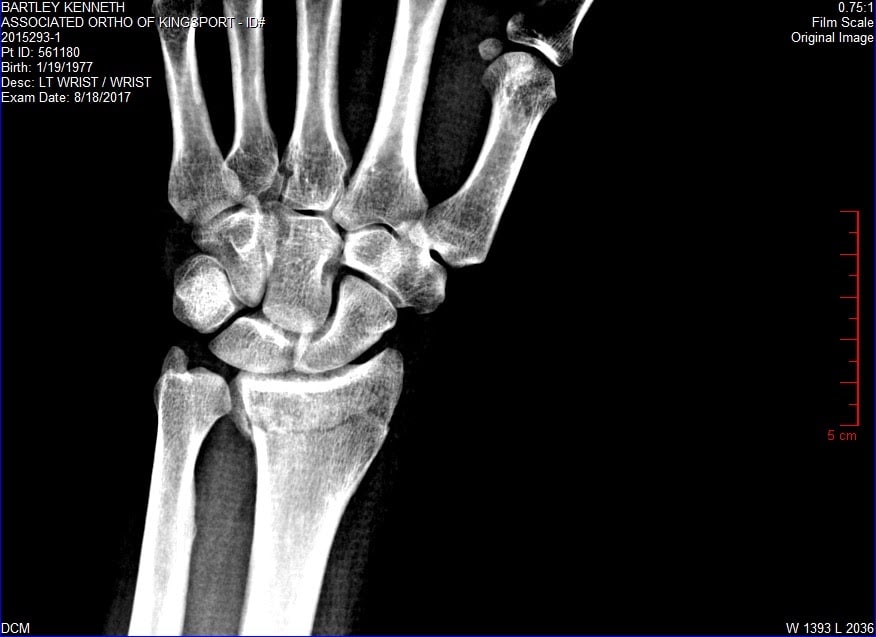 Roof inspections pose a significant threat to home inspectors. Bartley broke his radius bone in his arm, comminuted (or splinter-fractured) his wrist, and broke several carpals in his hand. His injuries put him out of work for eight weeks, and even when he returned, he had to rely on his uninjured arm as the other continued to heal. Nevertheless, Bartley considers himself fortunate. One bad fall from a ladder or roof could end in disability or death.
Roof inspections pose a significant threat to home inspectors. Bartley broke his radius bone in his arm, comminuted (or splinter-fractured) his wrist, and broke several carpals in his hand. His injuries put him out of work for eight weeks, and even when he returned, he had to rely on his uninjured arm as the other continued to heal. Nevertheless, Bartley considers himself fortunate. One bad fall from a ladder or roof could end in disability or death.
While it’s easy to consider yourself too good at your job to have such an accident, it can happen to anyone. In his article “Ladder Safety” for the ASHI Reporter, Rick Bunzel explained why assuming you’re impervious to falls is naive.
“Most of us believe we’ll never have an accident during an inspection. However, think back over the past months about how many close calls you had. How many times did the ladder jump around while you were going into the attic? Or the ladder shift when you stepped back onto it?” Bunzel wrote.
Thankfully, falling from your ladder or a roof while on the job is avoidable. There are ways for you to manage your risk against harm. In this article, we discuss some precautions and resources to overcome fall hazards you may encounter during inspections.
1. Choose the right ladder.
Choosing the right ladder for you and the inspection property is essential. According to Nick Gromicko, Founder of the International Association of Certified Home Inspectors’ (InterNACHI), ladders can pose a greater risk than roofs, making ladder safety particularly important.
“Inspectors who fall almost always fall off their ladders—not roofs,” Gromicko said.
There are a lot of factors that help determine which ladder is most appropriate for you and your job, including:
- Material
- Length
- Duty Rating
- Ladder Variety
- Condition
Material.
Manufacturers primarily produce ladders out of wood, fiberglass, and aluminum. Aluminum ladders may be most convenient for carrying since they tend to be the lightest. However, if you’re roof inspection is located beside an electrical wire or other power source, using an aluminum ladder can pose an electrical shock risk. (Learn more about avoiding electrical hazards here.)
Length.
It’s important that your ladder isn’t the wrong length for the job. With too short a ladder, you may be tempted to step on the top cap, which may lead you to lose your balance. With too long a ladder, it may extend more than three feet beyond the upper support point, leading the base of the ladder to move or slide out. The following chart from the InterNACHI “Safe Practices for Home Inspectors” course illustrates the difference between your ladder’s overall length and the maximum working height.
| Overall Length | Maximum Working Height |
| 16 feet | 13 feet |
|
24 feet |
21 feet |
| 28 feet | 24 feet |
| 32 feet | 29 feet |
| 36 feet | 32 feet |
Duty Rating.
A ladder’s duty rating indicates your ladder’s maximum weight capacity. In their article “Ladders 101,” the American Ladder Institute lists the five categories of duty ratings:
| Duty Rating | Maximum Weight |
| Type IAA (Extra Heavy Duty) | 375 pounds |
| Type IA (Extra Heavy Duty) | 300 pounds |
| Type I (Heavy Duty) | 250 pounds |
| Type II (Medium Duty) | 225 pounds |
| Type III (Light Duty) | 200 pounds |
To calculate the duty rating necessary for you, the American Ladder Institute recommends the following equation:
[Your Weight] + [Weight of Clothing and Protective Equipment] + [Weight of Tools/Supplies You’re Carrying] + [Weight of Tools/Supplies Stored on Ladder]
You can find your ladder’s duty rating on the specifications label on the side of your ladder.
Ladder Variety.
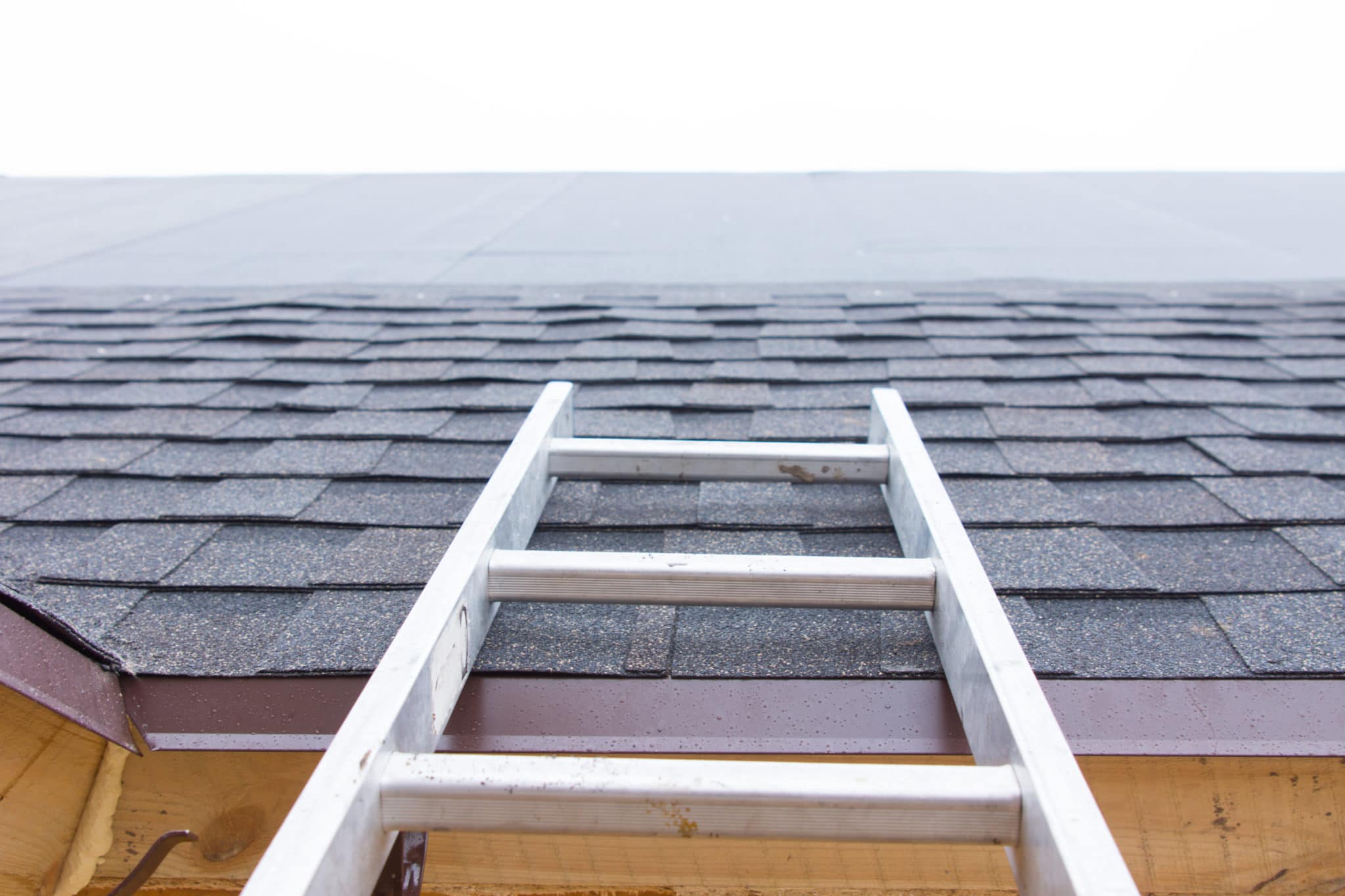 There are many types of ladders, including articulating ladders, combination ladders, and single or extension ladders. Each ladder type has different features and requires different safety measures and care. To learn more about ladder varieties, refer to the American Ladder Institute’s “Ladders 101” article mentioned earlier.
There are many types of ladders, including articulating ladders, combination ladders, and single or extension ladders. Each ladder type has different features and requires different safety measures and care. To learn more about ladder varieties, refer to the American Ladder Institute’s “Ladders 101” article mentioned earlier.
Condition.
The right ladder for a roof inspection is always one that’s in good condition. Inspect your ladder regularly to confirm it’s safe to climb. When checking your ladder, here are a few items that WeeklySafety.com recommends in their article “Ladder Inspections are an Important Part of Workplace Safety”:
- Always visually inspect ladder feet to ensure that foot pads and feet assembly are present and in safe condition. Damaged or missing foot pads can cause you to slip or lose balance and suffer a deadly fall.
- Inspect the rungs, rails, lock (dawgs), rope, and pulley assembly of an extension ladder and be sure that all parts work properly.
- It is very important to make certain that the rope and pulley are working and that the ladder locks (dawgs) do not slip!
- Never attempt to repair a ladder! Do not use wire, screws, bolts, duct tape or electrical tape as a way to fix any ladder; instead, tag it and remove it from service.
- Inspect the top cap, all steps, side rails, and locking braces on a step ladder before using.
- Loose locking braces or spreaders can cause the ladder to wobble and become unstable.
- Ladder inspections should include making sure that labels are readable and haven’t been painted over or damaged.
- Check the rungs and steps for mud, grease, or dirt to avoid potential slip/fall hazards.
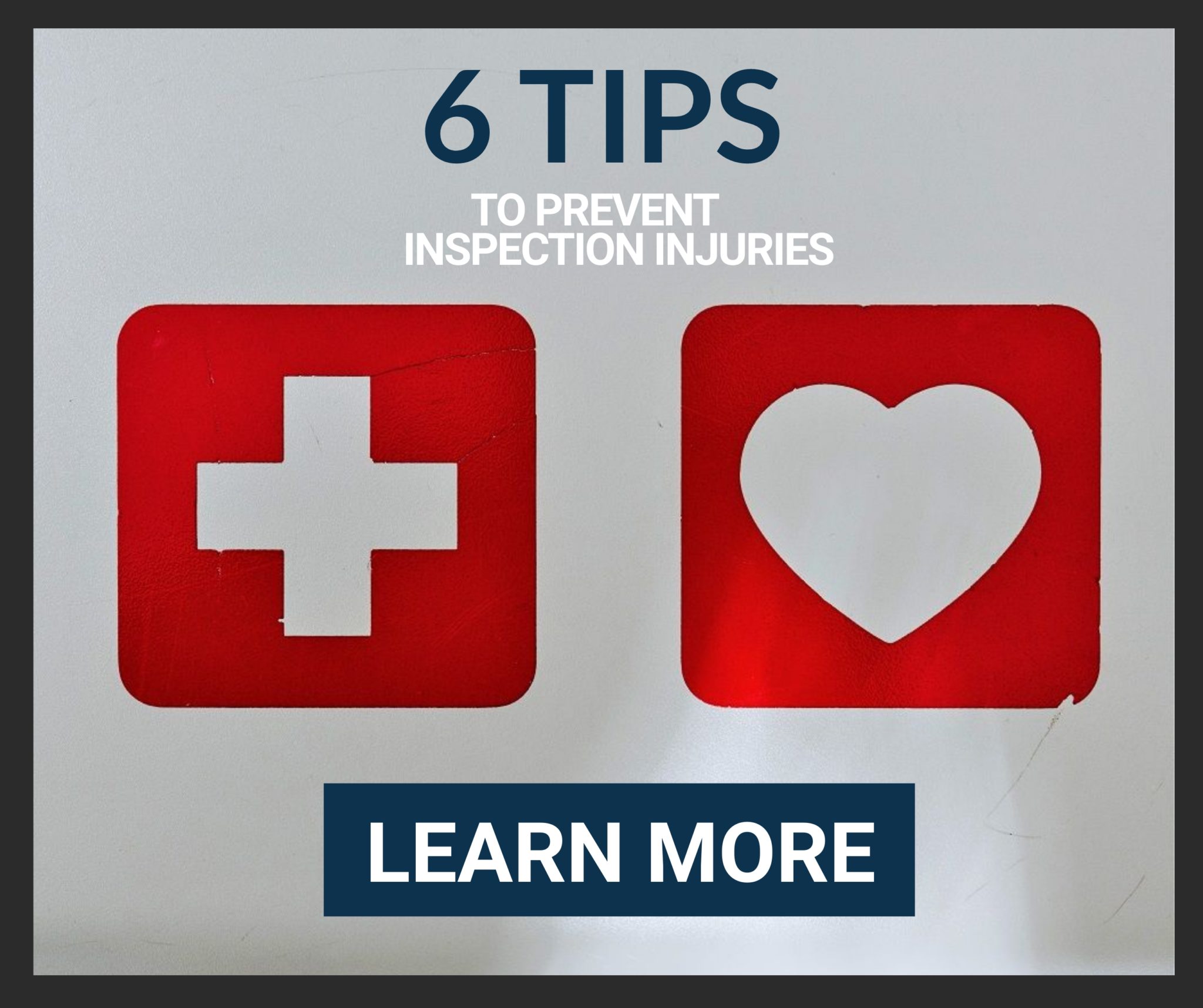
- Follow the manufacturer’s recommendations for proper inspection and use of the specific ladder.
- Remove any ladder from service that is found to be defective!
- Never use a step ladder (in a folded position) as an extension ladder!
2. Wear the right shoes.
According to the American Ladder Institute, bad footwear can also cause falls. Thus, it’s important to wear the right shoes when climbing ladders and inspecting roofs. Here are some characteristics industry and safety experts recommend looking for in shoes:
- Flat soles since heels can get caught in ladder rungs
- Heavy soles to prevent foot fatigue
- Excellent traction and slip resistance
- Clean soles for maximum traction
There are lots of recommendations for roof inspections and roofing online, most of which point to hiking boots and skating shoes. Many caution against athletic shoes, some of which have little cleats on the soles that can damage shingles. Which shoe is best for you will depend on your budget, your feet, and the weather in your area. To learn more about preventing inspection-related injuries, download this free guide.
3. Place your ladder in the right spot.
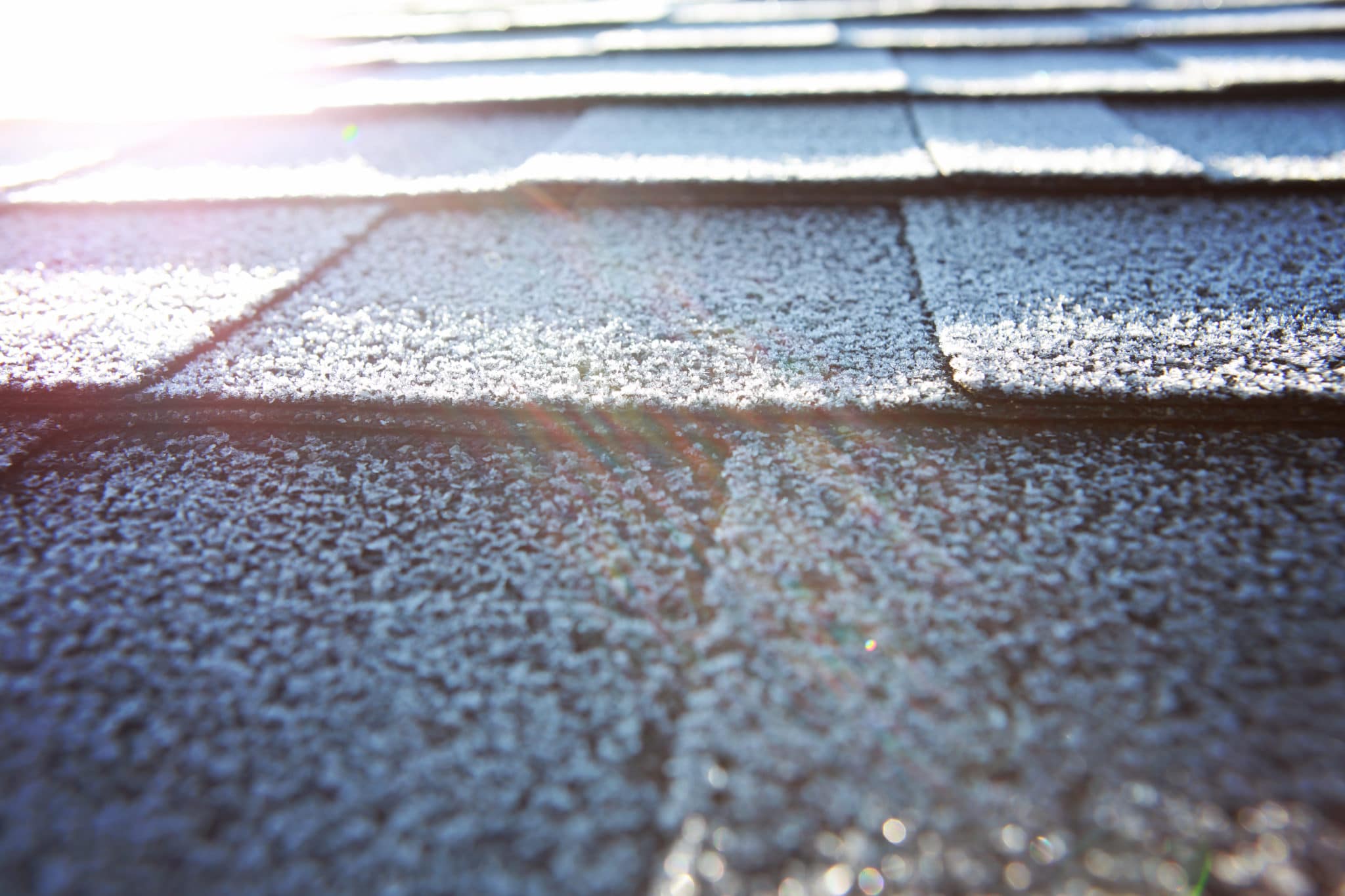 Where you place your ladder can have a significant impact on your safety. As such, it’s important to take setting up your ladder seriously every time.
Where you place your ladder can have a significant impact on your safety. As such, it’s important to take setting up your ladder seriously every time.
“When you’ve inspected 2,000 roofs, you start taking things for granted,” Bartley said. “You just kind of throw your ladder down and jump on the roof.”
Make sure that you always set up your ladder on firm, level ground. There shouldn’t be anything that can cause your ladder to slip at the base or top support points.
Also, look out for potential hazards in the surrounding area. If you’re placing your ladder near a door, are you sure that door is locked and not going to be opened while you’re using your ladder? Are there household pets nearby that could potentially run into and knock over your ladder?
When setting up your ladder, always open it completely so that all the locks engage. If you’re using an extension ladder, follow the four-to-one rule: For each four feet of distance between the ground and the upper point of contact—in your case, the wall or the roof—move the base of the ladder out one foot.
4. Tell your clients to stay back.
Some home inspectors like it when clients attend the home inspection. They believe that being present helps their clients have appropriate expectations and helps them better understand inspection findings. However, one area to which clients should never accompany you is the roof.
Do not allow overzealous clients (or agents or anyone else) to climb up the ladder after you. In fact, don’t let them anywhere near your ladder. You may consider putting a sign on or beside your ladder to encourage others to stay back. Failure to create strict boundaries around your ladder and your roof inspection could harm you or others.
5. Climb smart.
Once you’re off the ground, you can avoid falls by climbing and walking smart. According to the American Ladder Institute, haste or sudden movement and lack of attention are two major factors that contribute to falls. So, when ascending and descending your ladder, climb slowly and deliberately. Avoid sudden movements and distractions. Stay centered on your ladder and avoid leaning sideways—even to take a better look. And always try to have three points of contact (two hands and one foot, or two feet and one hand).
To make sure you don’t misjudge the ladder angle—a significant risk factor for a fall—consider using the National Institute for Occupational Safety and Health’s (NIOSH) free phone app. Its inclination indicator can provide you with a visual and audible signal attesting to when your ladder’s angle is correct.
To learn more about climbing smart, you may want to take a ladder safety training course, like this one from the American Ladder Institute, free to everyone, or this one from InterNACHI, free to membership. Many roof-related courses have sections on ladder safety, too.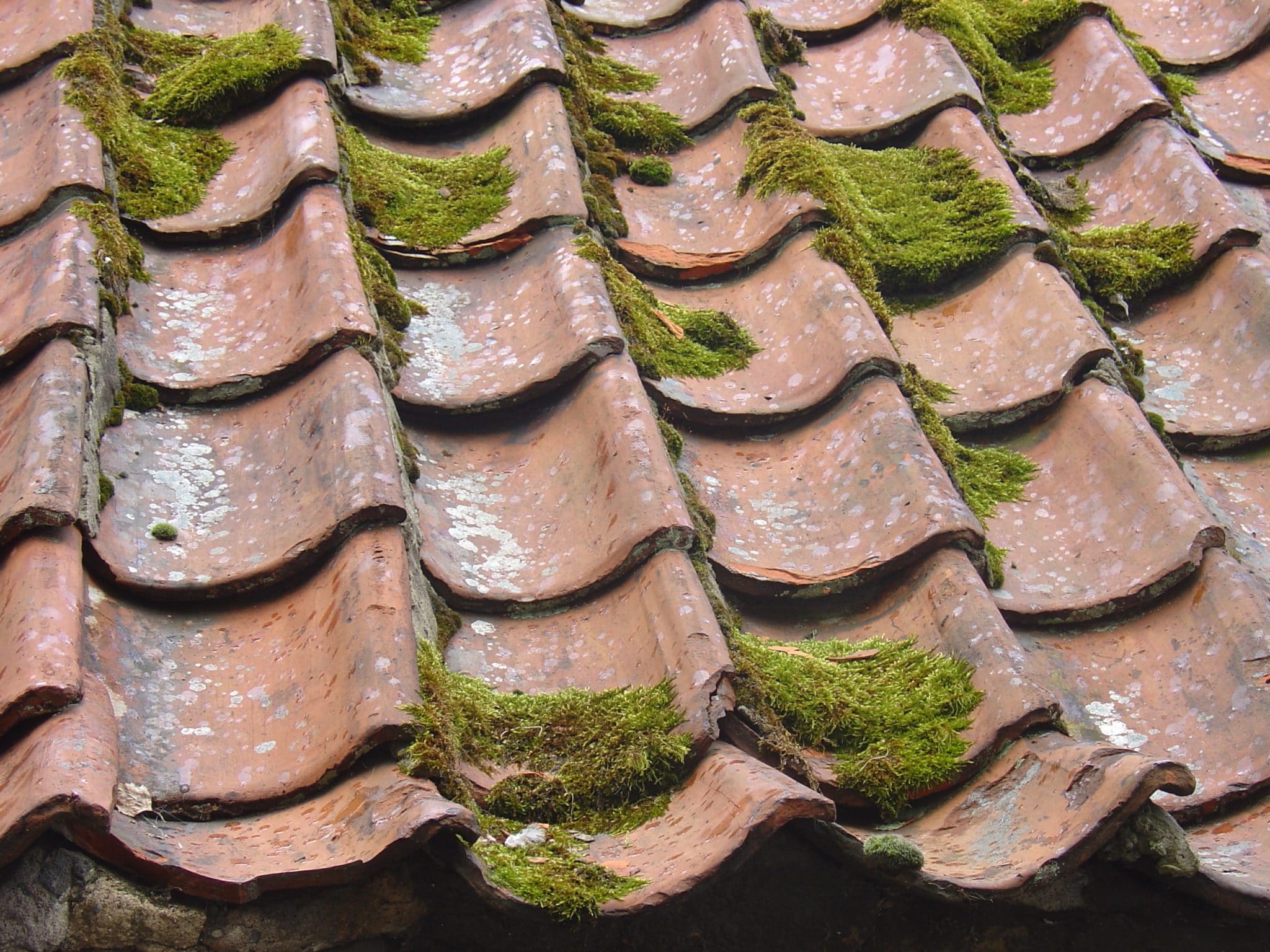
When it comes to walking the roof safely, a lot of the same techniques apply. Walk slowly and deliberately. Avoid sudden movements or distractions. And watch out for debris—like leaves, twigs, and dead insects—that could cause you to lose your footing.
Roofing material plays a significant role in determining how to safely walk the roof. To learn more about traversing various roof types, take a course like the ones offered by the American Society of Home Inspectors’ (ASHI) ASHI Edge or by InterNACHI. Both associations’ courses are free to members.
6. If it’s too dangerous, skip it.
Regardless of what you’re inspecting, it’s important to always put your safety first. While most standards of practice require inspectors to inspect and describe roofing materials, they do not require inspectors to walk every roof surface. Instead, inspectors can choose the method of inspection and the vantage point, based on the individual circumstances.
“I know you want to do your best for your client, but you’ve got to think about your safety, your family, and everything else,” Bartley said. “If you feel just a little bit like something’s off or something’s not right, don’t do it. Don’t let your pride get in the way of your safety.”
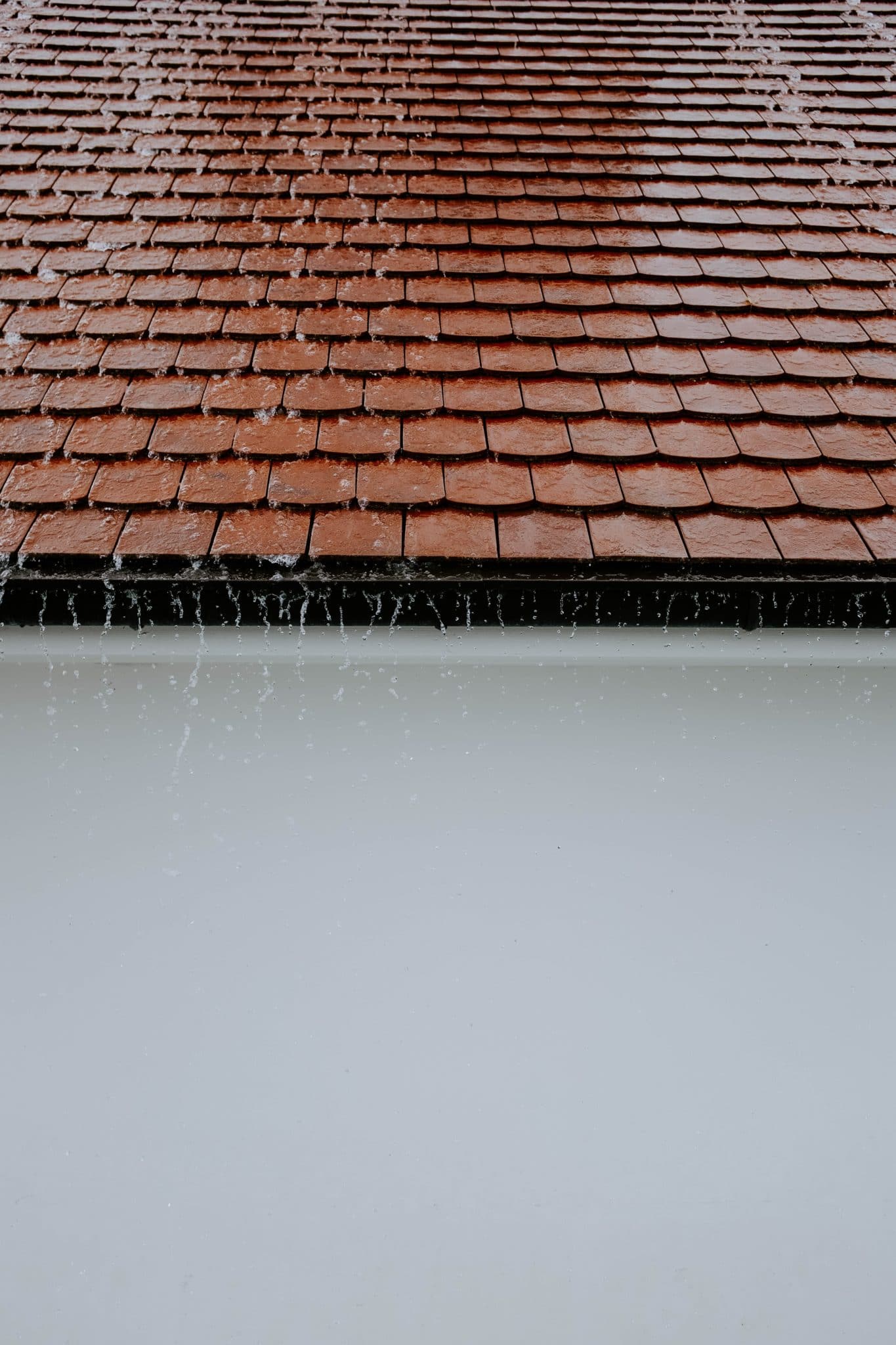 According to Todd Newman of AmeriSpec of Louisville in Kentucky, it’s important to not let your pride or experience get in the way of taking necessary precautions.
According to Todd Newman of AmeriSpec of Louisville in Kentucky, it’s important to not let your pride or experience get in the way of taking necessary precautions.
“Roof inspections can get dangerous when someone is skipping important safety steps or not paying attention to weather, rain, or their physical limitations,” Newman said. “Sometimes, inspectors’ egos and their desire to prove to the world that they climbed a dangerous roof becomes [hazardous].”
Not all roofs are safe to walk on. Roofs that are wet, icy, mossy, or steep are roofs you should probably skip. Certain roofing materials, like metal or terracotta, may pose to great a risk to you or the property . Roofs too high to safely access are not advisable to walk. Weather—such as high winds, storms, and heat—can also pose potentially too great a danger to get on a ladder and a roof.
“You don’t have to ever do anything unsafe,” Gromicko said. “I’m not going up two stories. There’s no chance. I don’t do that on my own houses.
Technology
In such cases where a roof is unsafe, consider inspecting the roof from a different vantage point. For those willing and able to make a more substantial investment into their inspection businesses, Gromicko recommends purchasing a bucket truck. According to Gromicko, bucket trucks not only address the roof safety issue, they also can flashily advertise your company.
“I believe in investing in the wow, splash factor,” Gromicko said. “When you’re driving a bucket truck around or doing an inspection, people can see you—especially if you wrap the vehicle with your logo and information. It puts you in a totally different category than your competitors.”
A bucket truck not in your budget or style? You can also inspect the roof from your ladder at the eaves, from the ground with binoculars or a pole cam, or from the air with a drone.
“It’s a whole lot better to tell your client, ‘I can’t get up there. However, I can fly it,’ than it is to tell them, ‘Sorry, no access. You’re on your own,’” said Jon Bolton of The Inspectagator in Florida in a previous article.
7. Carry workers’ compensation insurance.
If you or one of your home inspectors is injured during a roof inspection, workers’ compensation benefits may be available to you.
Workers’ comp insurance provides employees who suffer from work-related injuries or diseases with access to medical and wage benefits. Unlike general liability (GL) insurance, which covers inspection-related bodily injury and property damage claims for non-employees, workers’ compensation looks out for you and the people who work for your company.
“One accident can not only hurt you and maybe put you out of business, but more importantly, that employee has to have a 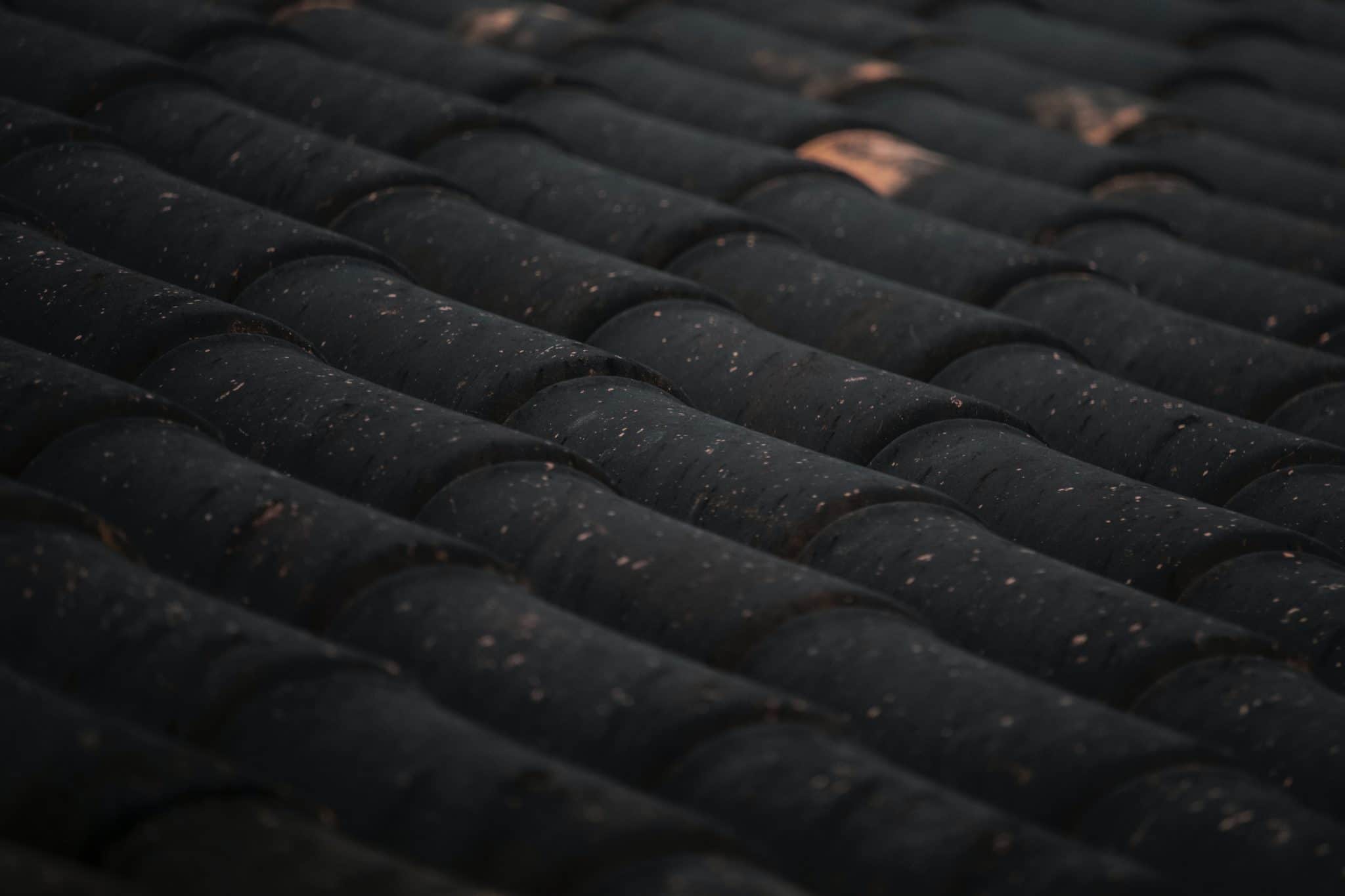 way of making a living and getting his bills paid for it if it happens on the job,” said Alan Grubb of 4U Home, Inc. in Maryland in a previous article.
way of making a living and getting his bills paid for it if it happens on the job,” said Alan Grubb of 4U Home, Inc. in Maryland in a previous article.
By covering job-related injury and illness costs, workers’ comp protects both employees and employers. Employees work under less financial risk knowing they have on-the-job protection. Additionally, employers limit their liability and deter litigation.
“If you have any employees, they need to have workman’s comp,” Grubb said. “The amount that it costs for workman’s comp is minor [compared] to what it could cost you or your employee if you didn’t have it.”
What expenses can workers’ comp cover?
In roof-related injury cases, workers’ comp coverage can assist inspectors in the following ways:
- Medical Bills. From doctor appointments to hospital visits, to medications and mobility aids, workers’ comp helps pay to treat employee illnesses and injuries. Workers’ comp can even help inspectors pay for their mileage when traveling to receive medical care.
- Lost Wages. Sometimes, roof-related injuries and illnesses are bad enough that employees are unable to work. Workers’ comp can pay a percentage of the money the employee would be earning if they weren’t in recovery.
- Rehab Benefits. Workers’ comp policies may offer medical rehab benefits, like physical therapy, to help employees recover. They can also help pay for vocational rehab for severely injured employees unable to perform their previous jobs. By helping these injured employees attain new abilities, vocational rehab helps them return to work in a different role.
- Death Benefits. If an employee died, the employer’s workers’ comp insurance may help cover funeral costs and lost income.
Note that, since states regulate workers’ comp coverage, the amounts insurers will pay for the above benefits varies from state to state.
“Each state has its own regulations as to the amount and duration of lost income benefits and medical or rehabilitation services,” said Brianne Smith, InspectorPro broker and workers’ comp specialist. “However, workers’ comp is a no-fault coverage nationwide. That means it will provide coverage no matter who was at fault.”
Protect your business and your employees with workers’ comp insurance.
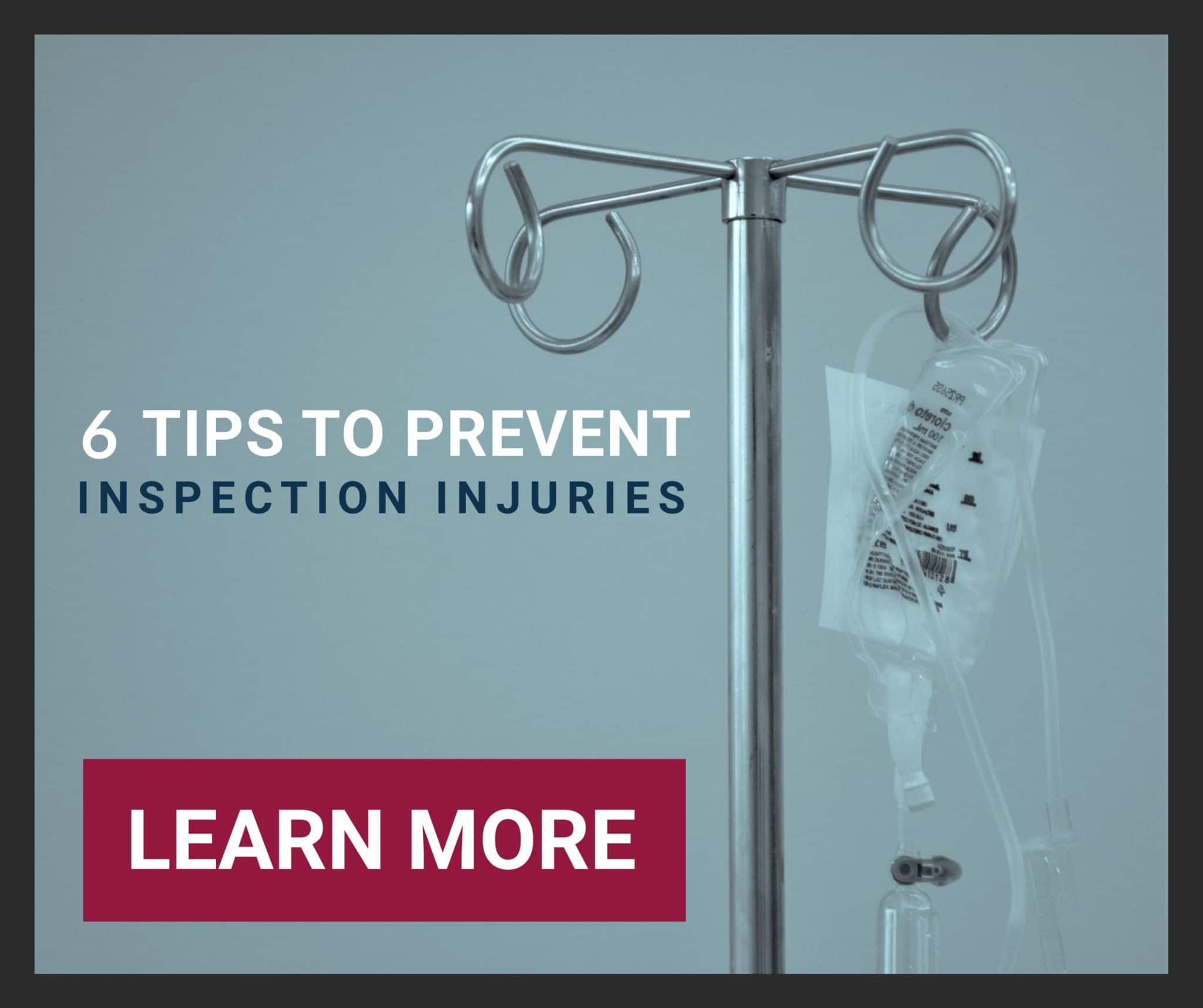 Prioritize safety in your roof inspections by taking these precautions and having the right coverage. Do your part to abide by state law and protect your employees and your business by carrying workers’ compensation insurance. And do so with a company prepared to meet the inspection industry’s unique coverage needs.
Prioritize safety in your roof inspections by taking these precautions and having the right coverage. Do your part to abide by state law and protect your employees and your business by carrying workers’ compensation insurance. And do so with a company prepared to meet the inspection industry’s unique coverage needs.
“Things happen when you go out and inspect. And if something goes wrong, you want to make sure that you are covered…. I don’t want to be the one who doesn’t have the proper insurance in case something goes wrong,” said Walter L. Williams from PPT Inspections in a previous article. “For a few dollars more, [workers’ comp] is going to give you peace of mind.”
Get a quote for workers’ comp for home inspectors today by completing our application. Or, you can learn more about workers’ comp by reading this long-form article on our blog.


